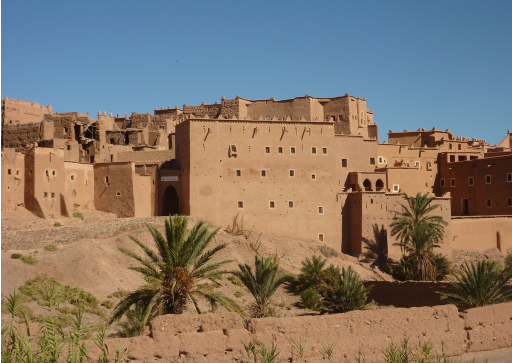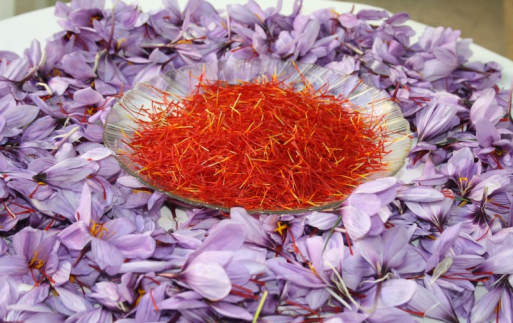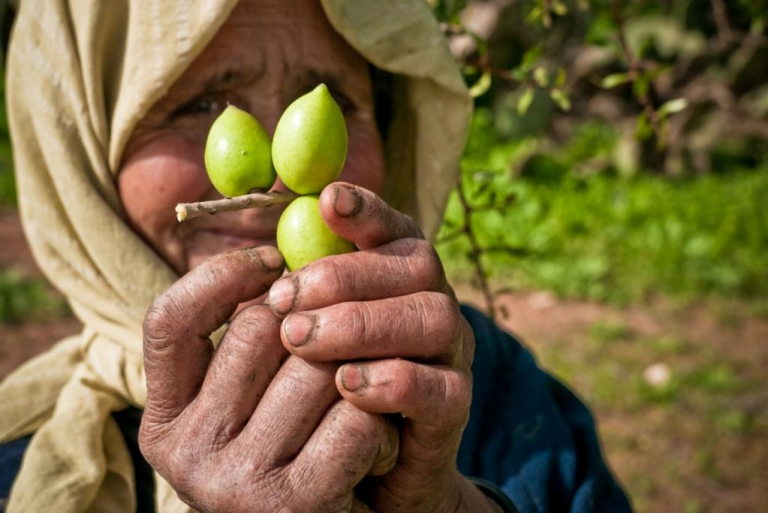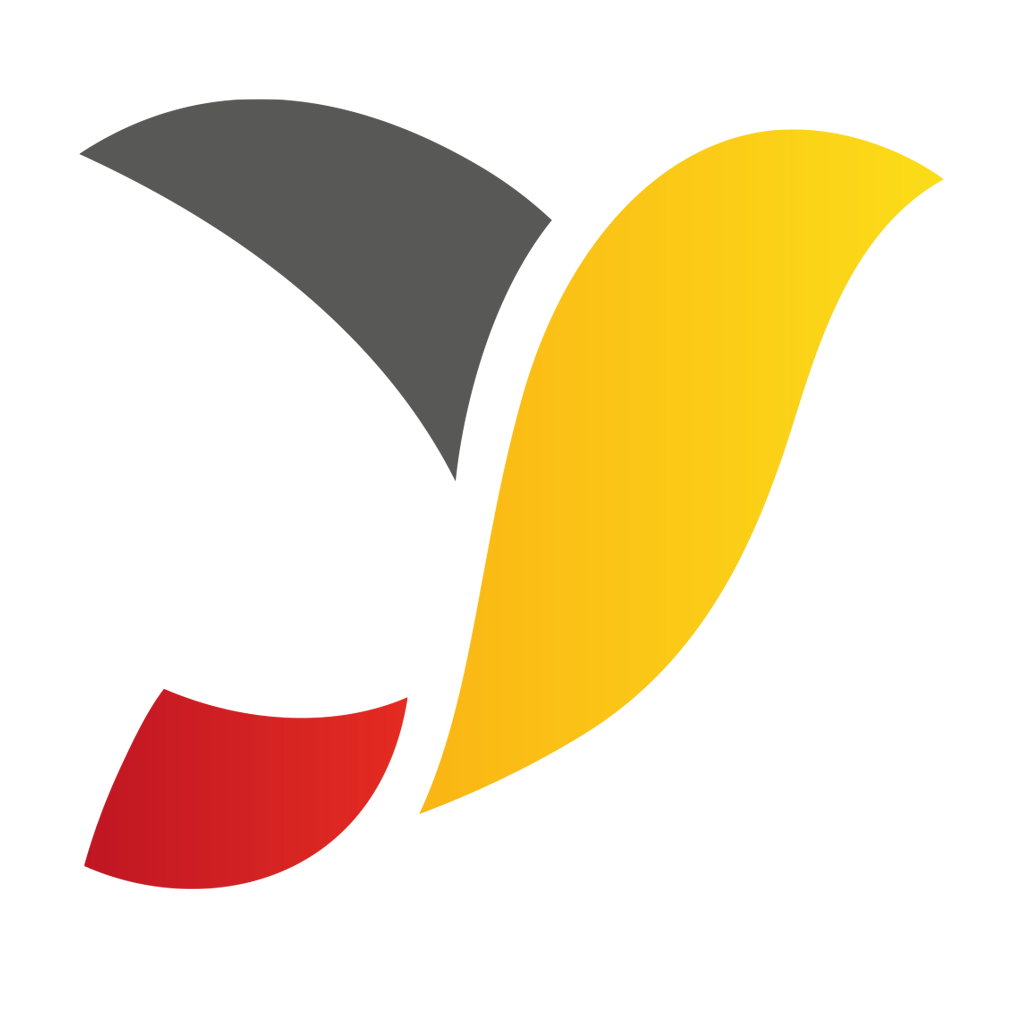In the south of Morocco a project in the saffron and dates value chains is in its third year. It is the first BTC project in which the Trade for Development Centre (TDC) has been involved from its formulation because of its marketing expertise with producer groups in the South.
Both saffron and dates are primarily sold on the informal market at local souks. Farmers are paid low prices and families are often so short of cash that they welcome the little money they can get. This is what a marketing team have worked on – step by step – over the past three years.
Today, the producers have a better understanding of the market and the competitive environment in which they operate and have decided which customers they want to target in the future and which standards their products need to meet to fulfil these customers’ demands. But there is still a long way to go. Over the next few years investments are needed to implement the marketing mix, but also to professionalise the EIG entities.
Souss-Massa-Draâ
Belgium and Morocco work together for ‘Maroc Vert’, a plan which aims at the sustainable economic development of regions where agriculture is underdeveloped and especially the most vulnerable producers there. In these agricultural projects a value-chain approach has been followed for many years. The almonds value chain is targeted in Morocco’s north-east; the saffron and dates value chains are targeted in the southern Souss-Massa-Drâa region.
This article is about the PDFSD (Development of saffron and palm dates in the Souss-Massa-Drâa region) project, which started in 2013 and continues into 2019. The project consists of three pillars:
- Promoting sustainable agricultural techniques, for instance in water management
- Strengthening the position of the producers by establishing cooperatives and Economic Interest Groups (EIGs, i.e. umbrella organisations of cooperatives that want to commercialise the production)
- Coaching them in commercialising their products
 Because of this last pillar, the Trade for Development Centre was involved from formulation onwards.
Because of this last pillar, the Trade for Development Centre was involved from formulation onwards.
“PDFSD is the first BTC project where we were involved in market prospection from the onset by helping emerging cooperatives and EIGs to engage in potential markets,” explains Josiane Droeghag, the TDC’s Marketing and Business Management Officer.
“That is why, in 2013, we hired agronomists and facilitators but also ‘marketeers’. The marketing team comprises two marketing-communication profiles and two technical-commercial profiles. Marketing specialist Claire de Foucaud was assigned to South Morocco where she worked together with the local partner, the Office Régional de Mise en Valeur Agricole de Ouarzazate (ORMVAO) on a decent, strategical and commercial positioning of Moroccan saffron and dates.“
Saffron and dates
Let us start with an outline of the saffron and dates value chains. At first sight, there seem to be huge differences between both. In a few valleys around the cities of Taliouine and Taznakht, some 3,000 farm families plant saffron crocuses on their fields every year. It is tough work, especially for women. Date palms on the other hand, are omnipresent throughout Morocco’s southern oases. For centuries, hundreds of thousands of farmer families have cultivated up to some 450 varieties of dates
 But if you look closer, you can see parallels between both value chains. Saffron and dates are primarily sold on the informal market at local souks. Farmers are paid low prices and families are often so short of cash that they welcome the little money they can get. It is not clear what the major companies further up the value chain do, but quality is definitely not their first concern. Mostly, dates are presented in rather unhygienic wooden crates and a significant share of production is used as fodder.
But if you look closer, you can see parallels between both value chains. Saffron and dates are primarily sold on the informal market at local souks. Farmers are paid low prices and families are often so short of cash that they welcome the little money they can get. It is not clear what the major companies further up the value chain do, but quality is definitely not their first concern. Mostly, dates are presented in rather unhygienic wooden crates and a significant share of production is used as fodder.
Under the ‘Maroc Vert’ plan, cooperatives and EIGs have been established to commercialise the crops of millions of smallholders. But in practice they struggle to break out of a vicious circle. Usually, they do not have the means to hire qualified staff and to purchase their members’ crops.
There is also a cultural bias against lending money from a bank. Consequently, they miss orders because they cannot meet the quantities and quality demanded. This is definitely the case for dates, which because of larger volumes require an almost industrial approach for sorting, cooling, transport, etc.
In short, saffron’s ‘golden red’ splendour or the broad variety of dates do little to contribute to southern Morocco’s development.
Approach
Over the past three years we have worked hard at boosting production and improving the quality of these two products. Agriculture experts have coached farmers and trained them in sustainable crop techniques, a lab technician tested saffron extensively and facilitators have done their utmost to stimulate the cooperatives and EIGs.
“When you talk with the farmers,” explains Claire de Foucaud “you will notice they are very much aware of what the main problem is. The lack of formal outlets that provide them with a reasonable price for their saffron or dates. This is what we, as a marketing team, have worked on – step by step – over the past three years.”
Marketing in five steps
Steps 1 to 3 are the strategic part; steps 4 and 5 are the operational part, i.e. the marketing mix and sales. The steps are not always in chronological order because sometimes they are taken in parallel. 
- Market study: what is the current market situation and where are opportunities?
- Target group: who are the most interesting potential customers for my product?
- Positioning: how do I position my product on the market?
- Marketing mix: what is my answer to the 4 Ps?
Product: how can I improve my product?
Place: where do I find my customers or
consumers?
Price: what is a good value for my product?
Promotion: how can I communicate best with my target group?
5. Commercialisation
Strategy setting
To develop a good marketing strategy for a product you must know the market and understand it. In other words, a market survey is an essential first step. Several studies mapped domestic and international supply and demand for the saffron and dates value chain.
The results of these studies now provide a solid basis to set a strategy which provides an answer to the following questions: Whom do I best sell my product to? How do I position my product on the market? These are key aspects for establishing a sustainable market for your product.
Saffron
 The results for saffron appeared to be extremely useful. 90% of global saffron production originates in Iran. Iran’s government supports both production and processing. Such combination of subsidies with a professional approach makes competing with Iran tough. Even a share of the Moroccan market is – in part through informal circuits – in the hands of Iranians.
The results for saffron appeared to be extremely useful. 90% of global saffron production originates in Iran. Iran’s government supports both production and processing. Such combination of subsidies with a professional approach makes competing with Iran tough. Even a share of the Moroccan market is – in part through informal circuits – in the hands of Iranians.
In addition, the worldwide offer exceeds demand. After all, saffron is primarily used in (Arabian) cuisine. Demand from the pharmaceutical and cosmetics industry is on the rise, even though to a limited degree. But again, the Iranians control the value chain.
What does this mean for the newly created EIGs in southern Morocco? First of all, targeting international markets makes little sense. Secondly, targeting wholesalers in Morocco makes little sense either. The price is their biggest concern and Iranian competition is too strong in that respect. Pulling out and drying pestles is delicate work.
Which target groups are left then? In the first place, Moroccan retail businesses, restaurants and city hotels, where the local middle class and foreign tourists are potential customers. But even here competition is fierce because many local businesses boast ‘the best Moroccan saffron on the market’.
“Over the past three years we have been discussing how we should position ourselves vis-à-vis these players,” says Claire de Foucaud. “In the past, small cooperatives often played the victim. We succeeded in turning that around. Now, everyone is aware that we have to fight assertively for our place on the market. That is why it was important for the project to invest in a lab – the only one in the region that meets ISO standards – to conduct quality tests. This allows for a double message: our cooperative guarantees highquality saffron and by buying our product you support small producers and the cooperatives in the region.”
Dates
Tourists buying a box of dates as a souvenir of their holidays in Morocco are most likely buying Tunisian dates. This example says a lot about Morocco’s dates market, which is dominated mainly by Tunisians who have focused on one particular date variety, the deglet nour, which they package in nice boxes.
 “When we conducted a first study in 2013, Moroccan dates seemed to have a negative image among local traders,” says Claire de Foucaud. “Fortunately, the situation is changing. Buying local products is popular and this also goes for dates, which offers prospects.“
“When we conducted a first study in 2013, Moroccan dates seemed to have a negative image among local traders,” says Claire de Foucaud. “Fortunately, the situation is changing. Buying local products is popular and this also goes for dates, which offers prospects.“
Potential customers are the same as saffron customers: retailers, hotels, restaurants and markets in Moroccan cities. The main asset is the wealth of local varieties. “The cooperatives are already succeeding in selling their best dates (mehjoul and bouffegous) at reasonable prices,” says Claire. “But to make genuine progress, they should market the bulk of their crop better, which consists of poorer quality dates. There is a demand for these, the challenge is for the EIGs to reclaim the deglet nour market share.”
Marketing mix and sales
After theory comes practice. To have an impact in the long term, the strategy must be made concrete. To do so, the 4 Ps were targeted and first steps were made with sales.
Saffron
 Product
Product
Based on lab tests, three categories of saffron can be distinguished according to international standards. 10% of production is five-star saffron, 70% is four-star and 20% is poorer quality. Glass packaging and labels have been designed for each category.
Place
To win over potential customers in cities, people are now aware that village mentalities have to be abandoned.
Price
Prices are set for each of the categories and are publicly displayed, which is quite rare in Morocco where informal bargaining is common practice. The EIGs’ sales people are urged not to go under the minimum prices.
Promotion
The ‘Dar Azafran’ brand is showcased using a baseline, i.e. ‘excellent saffron for your taste and your well-being’. A flyer highlights the advantages of the product, which are known locally but not in the larger cities. A second flyer gives tips for using saffron in the kitchen, including two recipes.
A road map has been laid out for the next three years, including sales prospects for 2017, 2018 and 2019. They are calculated on the basis of sales tests at agricultural fairs and with potential customers in Rabat and Casablanca.
The establishment of a tearoom in the EIG building at Talhouine is an important part of the plans. This tearoom – selling saffron pastry – is to become the project’s flagship store. Travel agencies are offered a saffron programme with tourists visiting the tearoom. Other plans for the future include online sales, a website and a Facebook page, as well as a public campaign in 2019.
Dates
 Product
Product
Focus on four varieties of dates: jihel (‘the popular one’), bousthami (‘the light one’), outoukdime (‘the star of Toudgha’) and khalt (‘the rare ones’; khalt is a collective name for more than 300 local varieties of the same family).
Place
Initially, traditional markets will be targeted because they are less demanding in terms of quality. Next will be a new market with fresh dates which are not available currently, but there is interest according to surveys. And last of all, supermarkets will be approached because their quality demands are very high.
Price
The price must equal or just below the price of the deglet nour.
Promotion
The baseline is clear: a Moroccan product of broad variety with many different flavours. The public must be encouraged to taste these dates. That is why a flyer was made to present all the different varieties.
Over the course of 2016, several sales tests were conducted with selected customers. The goal was to find out what works, which target groups are most interesting and what price policy should be pursued.
But there was a small problem: the Toudgha EIG had to refuse a relatively small order of 70 kilos due to poor quality. This painful incident caused quite a fuss within the cooperatives and revealed crucial problems. But it also was a wake-up call.
“Several cooperatives are not ready to market larger volumes,” concludes Claire de Foucaud. “It will be a long-term undertaking. But the potential is there and now the farmers see that too.”
Conclusion
The PDFSD programme is halfway which is a good time for a mid-term review of the TDC’s marketing input, which consisted of putting in place and coaching a local marketing team which develops and implements a marketing strategy with local partners
“Marketing is not a magic solution to boost sales, but a long road on which progress needs to be made step by step. That is why it is important to include marketing questions starting from the programme formulation,” concludes Josiane
Droeghag. “Specialised marketing and commercial officers with broad experience are essential, as well as flexible budgets that can be used for high-quality market surveys and market prospecting.”
But there is still a long way to go. Over the next few years investments are needed to implement the marketing mix, but also to professionalise the EIG entities. The programme will continue to focus on training and coaching cooperatives as well as EIGs through ‘shadow teams’.
 « “The partners and farmers have a different feeling about this BTC programme compared to earlier projects of Moroccan government bodies,” concludes Claire de Foucaud. “They usually had unrealistic target figures and were consequently shelved”.
« “The partners and farmers have a different feeling about this BTC programme compared to earlier projects of Moroccan government bodies,” concludes Claire de Foucaud. “They usually had unrealistic target figures and were consequently shelved”.
Now, ideas and plans provide direction and are based on input from the teams in the field, as well as on the real market potential. Marketing management and sales are still unfamiliar terrain for EIGs, but they have really understood its importance. They have a better understanding of the market and the competitive environment in which they operate and have decided which customers they want to target in the future and which standards their products need to meet to fulfil these customers’ demands.
The first sales results are coming in and they look promising. At the SIMA (Salon Internationale de l’Agricole au Maroc – International agriculture fair in Morocco) 46% more saffron was sold than the year before. For dates we are still in a prospecting phase, but the first round already showed concrete interest of new customers to buy 236,000 kilos of dates.
Sources
Project applications, evaluations and reports of the Trade for Development Centre.
Moroccan cooperatives contributing to sustainable future – Projects of the Trade for Development Centre in southern Morocco (January 2015) Published on www.befair.be.
PDSFD (in French): www.btcctb.org > Countries and themes > Morocco > Développement des filières du safran et du palmier dattier dans la région Souss-MassaDrâa – Safran-Dattes
Photo credits: CTB, Claire de Foucauld, Josiane Droeghag
Read also

Moroccan cooperatives contributing to sustainable future
The Souss-Massa-Drâa region in southern Morocco is facing many challenges. In addition to the threat of the advancing Sahara, the traditional Berber communities are also persistently poor. Since a few years the Trade for Development Centre is very active in the region, with on one hand financial assistance to the local NGO Ibn Al Baytar, and on the other hand marketing support in projects of the Belgian development agency. A sustainable future for the region inevitably depends on the development of local assets such as argan oil, dates and saffron.



